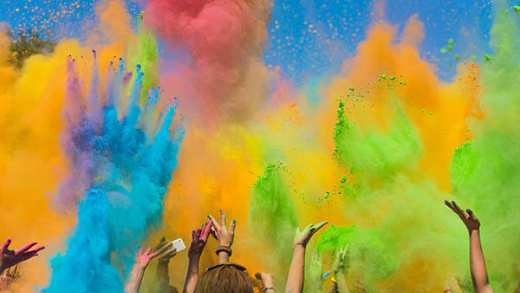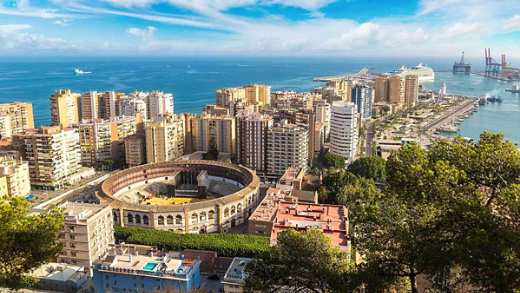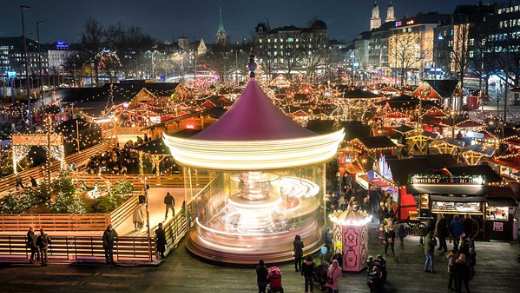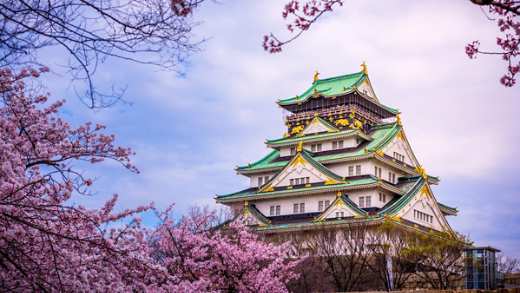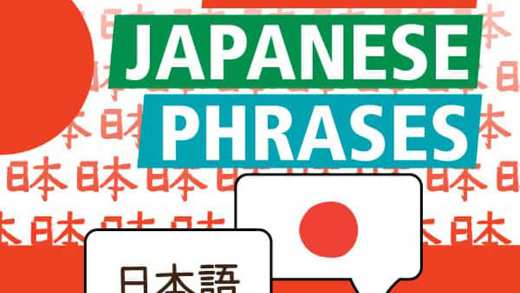Halloween is one of the world’s oldest celebrations, dating back over 2,000 years. It originated right here in Ireland with the Celtic, Samhain festival, which took place at the end of the harvest season. It was believed that during this day, spirits would rise from the dead; with offerings of food and drink commonly left on doorsteps for them. Only the brave would venture outside their homes under the hours of darkness, and only if they were wearing a mask so they too would look like a spirit! In more recent times, Samhain became known as All Hallows Eve and more recently Halloween.
When we think of modern Halloween, in Ireland, we think of a time for dressing up, trick-or-treating, carving pumpkins, dunking for apples, and eating Barmbrack. But other countries have their own unique Halloween traditions and customs; take a look below to discover more:
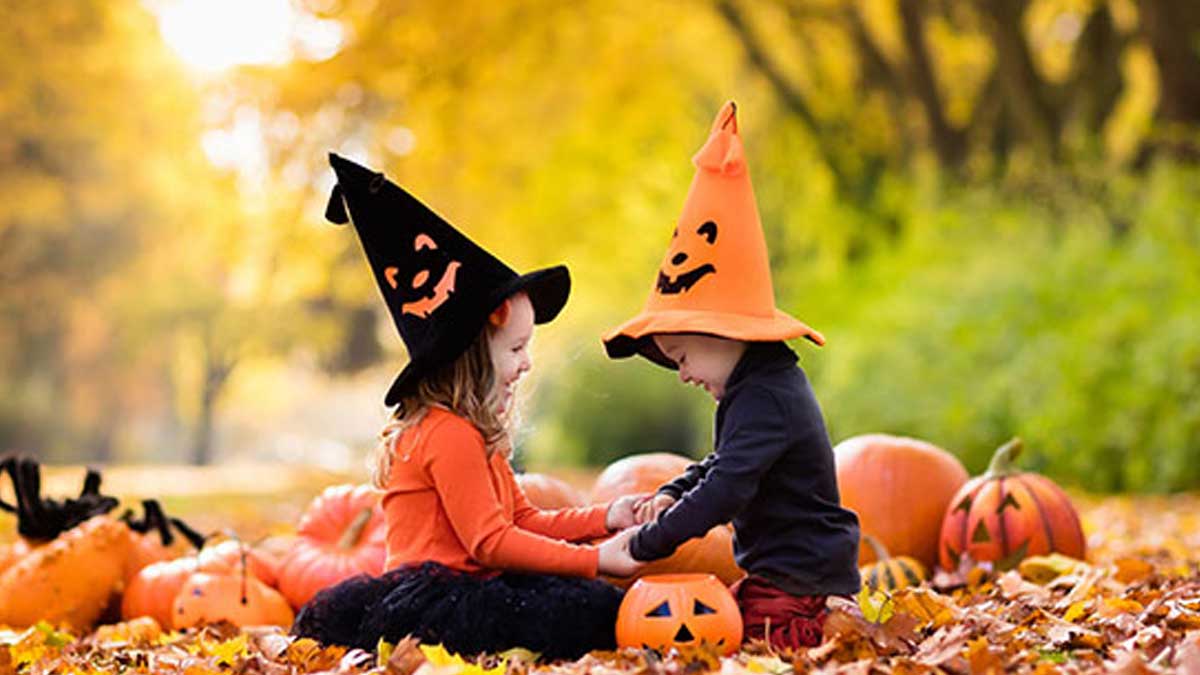
Japanese Halloween Traditions
At Halloween, the Japanese celebrate a Buddhist tradition called O-bon. It a festival which honours the spirits of deceased family members and ancestors, with many people using this day to visit loved ones graves with gifts. Many families hang lanterns at front of their homes to guide their ancestor’s spirits inside. At temples and other places of worship, lanterns are also hung outside and traditional dances are performed inside.
Traditions in Germany
This tradition might seem a little odd, but in Germany people put away their knives on Halloween night. You might have something a little more sinister in mind, but the reason is to ensure that spirits don’t get harmed upon their return to Earth.
Teng Chieh in China
Halloween, or Teng Chieh in China, is a time to celebrate the dead. It’s celebrated on the 14th night on the seventh lunar month according to the Chinese calendar. Again, it’s believed that spirits revisit Earth on this day. Families lay out photographs of deceased family members alongside food and drink as an offering. Like in Japan, lanterns are used to guide the spirits as they travel to Earth on Halloween night.
Halloween in Czech Republic
The Czech Republic has a spooky tradition with vampires. Of course, not many people still believe in vampires, but that wasn’t always the case. Back in the early 1990s a graveyard was discovered in the north of Prague which archeologists believe was used exclusively for the remains of vampires. And, guess what? You can still visit it today!
Traditions in Latin America, Spain and Mexico
Halloween is known as El Dia De Los Muertos amongst Spanish-speaking nations. It’s a joyous holiday which has become more widely celebrated in recent times and is used to remember and celebrate the dead. El Dia De Los Muertos starts on the evening of the 31st October and the festival goes on for three days. Again, the spirits of the dead are believed to return home during the holiday. Many families create an altar in their homes and decorate it with flowers, sweets, photographs and the spirits’ favourite food and drink. People usually leave a basin and towel out too, so the spirit can wash before indulging in the feast!
Pitru Paksha in India
In India, people believe that when a person dies, the Hindu god of death holds their soul in purgatory. At Halloween, or Pitru Paksha, the souls are released to be with their families on Earth. To ensure their relatives’ place in the afterlife, families perform the ritual of Shraddha. They offer food like lapsi (a sweet porridge), kheer (a sweet rice and milk), pumpkins and lentils, all served on banana leaves. If the ritual isn’t performed, the soul is left to wander Earth for the rest of eternity. Spooky!
If you’re planning on travelling elsewhere to experience other Halloween traditions, you can avoid any unexpected scares by making sure you’re protected with Aviva travel insurance. Find some more information on travel insurance here.





